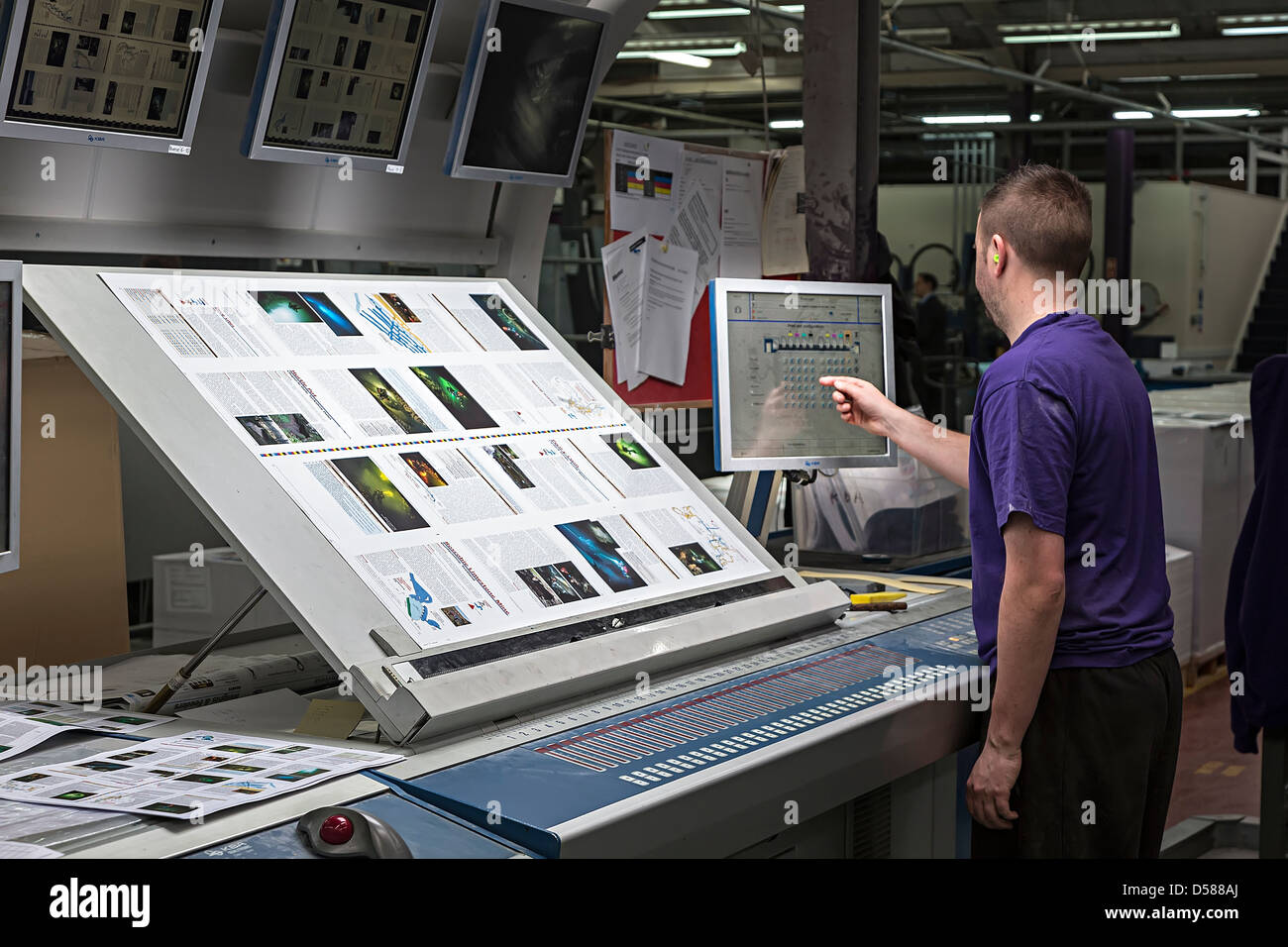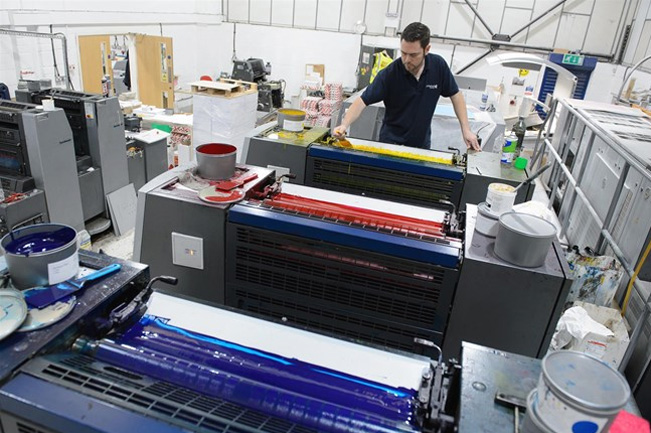A Comprehensive Overview to Comprehending Litho Printing Techniques
The world of litho printing, a technique stemming from the late 18th century, is a remarkable mix of history, art, development and scientific research. Keep with us as we journey into the fascinating world of litho printing.
The Historical Development of Litho Printing
The historical trajectory of litho printing, an essential technology in the world of interaction, is a captivating tale of human resourcefulness. Birthed in the late 18th century by Alois Senefelder, this strategy was at first a cost-effective technique of releasing theatrical works. Lithography, stemmed from the Greek words for 'stone' and 'to write', utilized a smooth stone surface area to transfer images onto paper. The process developed with the development of the rotating press, which significantly enhanced performance (litho printing). In the 20th century, the development of countered lithography revolutionized the sector, enabling mass production of high-quality prints. Each phase of litho printing's advancement showcases humanity's relentless quest of performance and quality in visual interaction.
Decoding the Scientific Research Behind Litho Printing Inks
Moving on in the expedition of litho printing techniques, the emphasis now shifts to the scientific research behind litho printing inks. The structure of these inks, their drying out process, and color mixing strategies develop the foundation of this complex art type. Comprehending these components is vital to grasping the craft and accomplishing the preferred print outcomes.
Structure of Litho Inks
In lithographic printing, the basic function of litho inks can not be overstated. The composition of litho inks varies depending upon its purpose, but typically, they include two major elements - pigments and vehicles. Pigments, the color-providing elements, are carefully ground fragments put on hold in the vehicle, a liquid that carries the pigment onto the printing surface. The vehicle is a complex combination of oils, resins, and solvents, which influence the ink's drying out time, bond, and gloss. Additionally, numerous additives are existing to improve specific buildings like flow, drying out, and resistance to ecological impacts. Each component plays an essential component in the last print's high quality, making the precise formula of litho inks an intricate science.
Ink Drying Refine
From the composition of litho inks, interest transforms to the remarkable procedure of ink drying out. The drying out process is essential, as it affects the last print's high quality and durability. 2 primary methods are utilized in litho printing: oxidative drying out and absorption. Oxidative drying out includes the ink responding with oxygen airborne to create a difficult, completely dry movie. This approach provides a durable surface, but can be slower compared to absorption. Absorption, on the various other hand, involves the ink seeping right into the paper fibers, which is a faster process however can result in less vivid shades. The selection in between these techniques is dependent upon elements such as print rate needs, the paper type used, and the desired surface.
Shade Combining Techniques
While the drying out process plays a key duty in litho printing, the scientific research of color blending methods holds equal significance. This is a complex process that includes the careful blending of primary colors: cyan, magenta, and yellow, in differing percentages to attain a large variety of hues. The enhancement of black ink, called 'essential', aids in regulating the strength and deepness of the shades. The scientific research behind litho printing inks additionally takes into consideration the transparency of the ink, which affects exactly how colors overlay and mix. To attain an efficient shade mix, print professionals need to likewise recognize the ins and outs of ink habits, color theory, and the physical residential or commercial properties of the substratum on which the ink is used.
The Art and Design Aspects in Litho Printing
Litho printing takes a breath life into art and style via its distinct aspects. The process entails developing an image on a lithographic limestone plate or steel plate with a smooth surface. The image is after that printed onto a tool, generally paper, by moving the ink from the plate. What collections litho publishing apart is its ability to duplicate detailed styles with high fidelity, making the outcome nearly the same to the initial art work. This is accomplished through the use of different line methods such as cross-hatching, hatching, and stippling, which permit a variety of tonal effects. Furthermore, litho printing fits a selection of shades, allowing musicians to develop vibrant and vivid prints. This combination of precision browse around here and adaptability makes litho printing a recommended selection for several musicians and developers.
Modern Applications of Litho Printing Techniques
Litho printing techniques have actually found comprehensive usage in the contemporary commercial market. Its influence and relevance remain to grow with the introduction of brand-new developments and technologies in the field. This section will certainly explore these modern applications and the transformative role they play in the printing market.
Commercial Litho Printing Utilizes
Litho printing continues to be a crucial part of the commercial sector. High-volume printing jobs, such as the production of books, newspapers, and packaging, count on litho printing for its capability to supply exceptional image quality and cost efficiency. Litho printing also provides a wide shade range, remarkable to that of digital printing.
Developments in Litho Printing
Pressing the borders of standard strategies, modern-day advancements have fueled a host of advancements in litho printing. One prominent development is digital litho printing, which incorporates the virtues of electronic technology with litho's top quality outcome. These advancements emphasize the enduring importance of litho printing in the modern-day world.
Exploring the Process of Litho Printing: Detailed

Challenges and Solutions in Contemporary Litho Printing

Despite the accuracy and tradition that litho printing proudly maintains, it is not without its collection of contemporary difficulties. Digital litho printing enables for cost-effective short runs and easy modification, dealing with the problem of variable information. Thus, while there are challenges, the litho printing sector is proactively adapting to satisfy them head-on, ensuring its relevance in the future.
Final thought
In verdict, litho printing, with its linked here abundant background and clinical details, holds a considerable area in the print industry. The future of litho printing hinges on its capacity to adapt to these changing demands, attesting its enduring value in a developing market.

Comments on “How litho printing Delivers Sharp and Vibrant Prints”